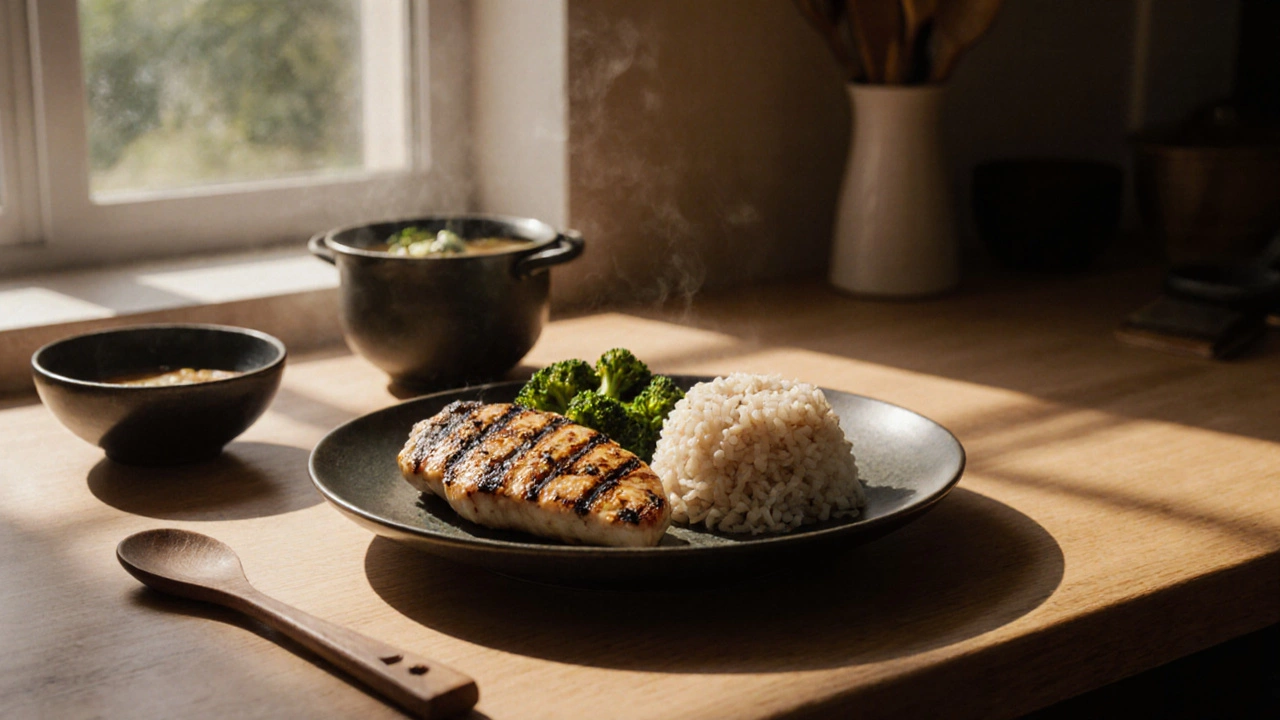Most Common Dinner: What People Actually Eat Night After Night
When you think about the most common dinner, a simple, repeated meal eaten by large groups of people on a regular basis. Also known as everyday meal, it’s not about fancy recipes or Instagram-worthy plating—it’s what you grab when you’re tired, short on time, or just don’t feel like deciding. It’s the meal that shows up Monday through Friday, often with minor tweaks, because it works. No one’s writing a blog about it. But everyone’s eating it.
Look at the data from real kitchens, not food magazines. The weeknight meal, a dinner prepared and eaten during the workweek, typically under 30 minutes. Also known as quick dinner, it’s built on three things: availability, affordability, and familiarity. Pasta with tomato sauce tops the list—not because it’s gourmet, but because it’s cheap, fills you up, and even kids will eat it. Chicken and rice? Same story. It’s the default reset button for busy households. Roast chicken on Sundays? That’s tradition. But Tuesday? It’s the one-pot version with frozen veggies and a jar of sauce. family dinner, a shared evening meal eaten by multiple household members, often involving minimal prep and maximum comfort. Also known as home-cooked meal, it doesn’t need to be perfect—it just needs to be done.
Why do these meals stick? Because they’re not about creativity. They’re about survival. You don’t need a 10-step recipe when you’ve got a 4-year-old screaming for food and a deadline in the morning. The simple dinner, a meal made with five ingredients or fewer, often using pantry staples. Also known as no-fuss meal, it’s the quiet hero of modern life. It’s eggs on toast. It’s canned beans with rice. It’s a sandwich with leftover chicken. It’s microwaveable rice with a frozen stir-fry. These aren’t trends. They’re routines. And they’re backed by real behavior—not food influencers.
There’s a reason meal prep posts keep popping up here. People are trying to systemize the most common dinner. They’re batch-cooking rice, roasting extra chicken, freezing sauces. They’re not trying to become chefs. They’re trying to stop the nightly "what’s for dinner?" panic. The goal isn’t variety—it’s reliability. You want to open the fridge and know what’s there. You want to know it’ll taste okay. You want to know it won’t leave you broke or exhausted.
And while some blogs push gourmet twists or exotic spices, the real truth is simpler: the most common dinner doesn’t need to be exciting. It just needs to be there. Every day. Without fail. That’s why you’ll find so many posts here about easy meal prep, food safety for leftovers, and how to stretch ingredients. Because the real challenge isn’t cooking something new—it’s cooking something good, again and again, without burning out.
Below, you’ll find real advice from people who’ve been there: how to make the same meals work better, how to avoid waste, how to keep things simple without giving up nutrition or taste. No fluff. No pretense. Just what works.
